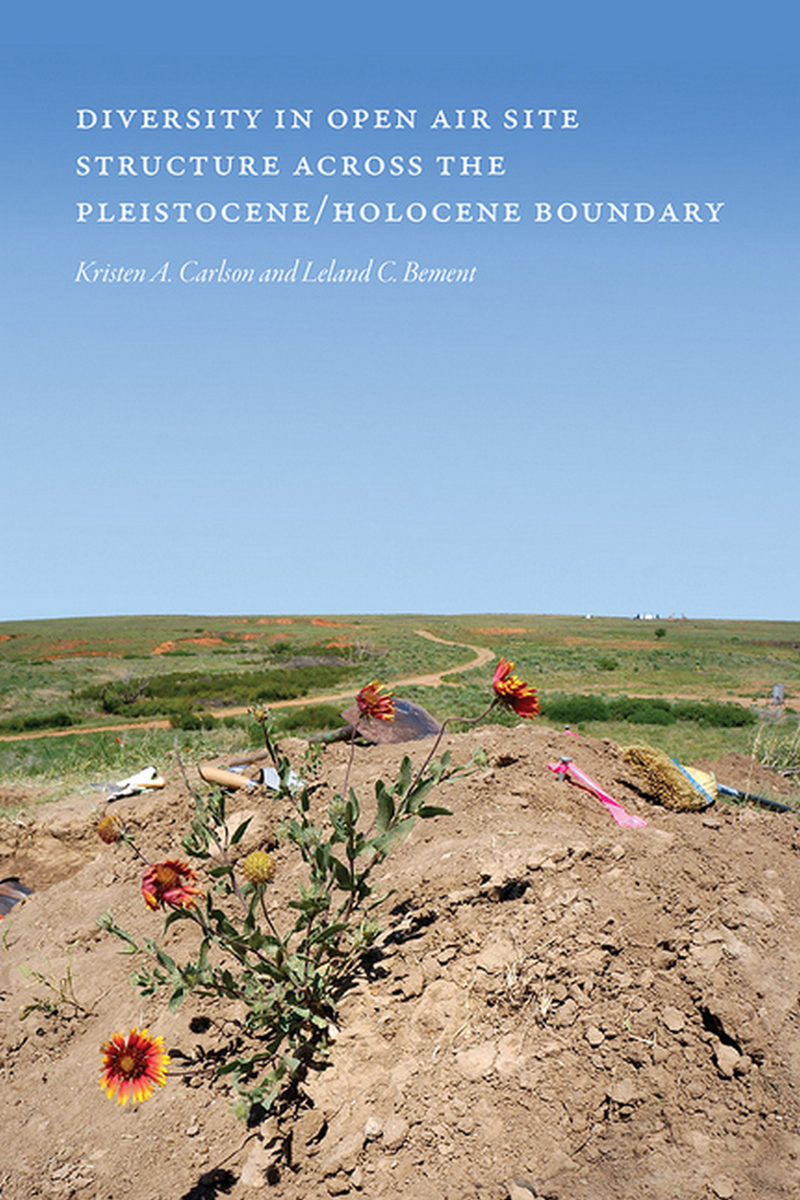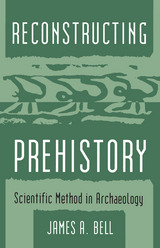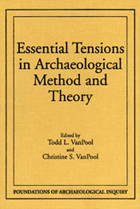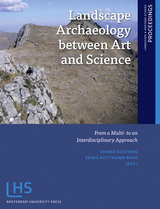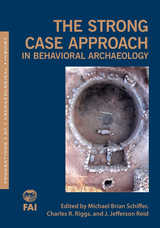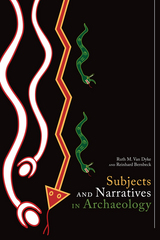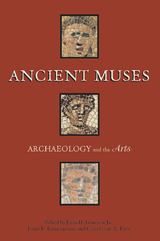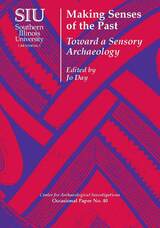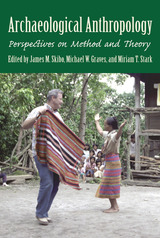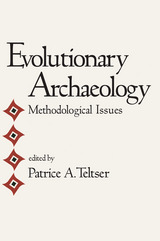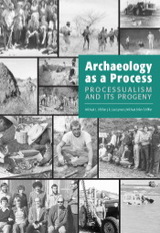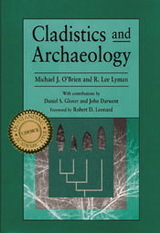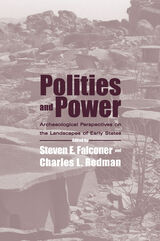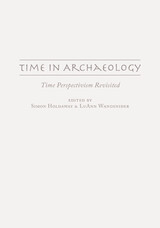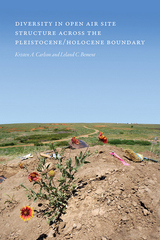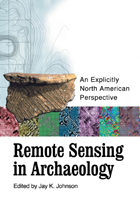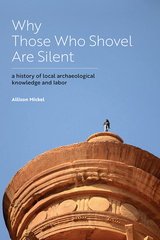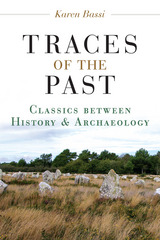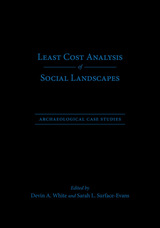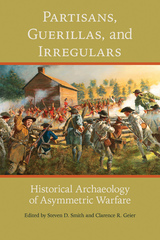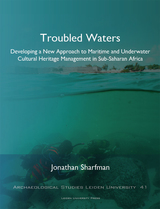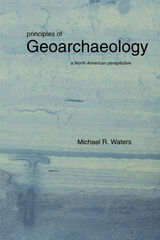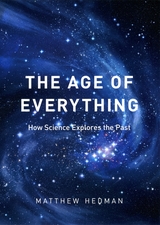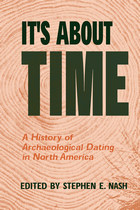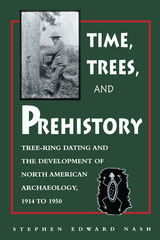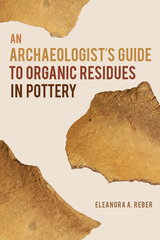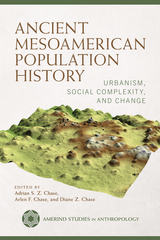Diversity in Open-Air Site Structure across the Pleistocene/Holocene Boundary
University Press of Colorado, 2021
Cloth: 978-1-64642-225-8 | eISBN: 978-1-64642-226-5 (all)
Library of Congress Classification CC76.3
Dewey Decimal Classification 930.1
Cloth: 978-1-64642-225-8 | eISBN: 978-1-64642-226-5 (all)
Library of Congress Classification CC76.3
Dewey Decimal Classification 930.1
ABOUT THIS BOOK | AUTHOR BIOGRAPHY | REVIEWS | TOC | REQUEST ACCESSIBLE FILE
ABOUT THIS BOOK
Archaeological research on the late Pleistocene and early Holocene periods has tended to focus on rock shelters, caves, large game kills, and occasionally butchery sites. Diversity in Open-Air Site Structure across the Pleistocene/Holocene Boundary examines a diverse range of open-air sites—bounded both naturally and culturally—in Siberia and Germany and throughout North America.
Open-air sites are difficult for researchers to locate and, because of depositional processes, often more difficult to interpret; they contain many superimposed events but often show evidence of only the most recent. Working to overcome the limitations of data and poor preservation, using decades of prior research and new analytical tools, and diverging from a one-size-fits-all mode of interpretation, the contributors to this volume offer fresh insight into the formation and taphonomy of open-air sites.
Contributors: Douglas B. Bamforth, Ian Buvit, Brian J. Carter, Robin Cordero, Robert Dello-Russo, George C. Frison, Kelly E. Graf, Bruce B. Huckell, Michael A. Jochim, Joshua D. Kapp, Robert L. Kelly, Aleksander V. Konstantinov, Banks Leonard, Madeline E. Mackie, Christopher W. Merriman, Matthew J. O’Brien, Spencer Pelton, Neil N. Puckett, Beth Shapiro, Todd A. Surovell, Karisa Terry, Steve Teteak, Robert Yohe
Open-air sites are difficult for researchers to locate and, because of depositional processes, often more difficult to interpret; they contain many superimposed events but often show evidence of only the most recent. Working to overcome the limitations of data and poor preservation, using decades of prior research and new analytical tools, and diverging from a one-size-fits-all mode of interpretation, the contributors to this volume offer fresh insight into the formation and taphonomy of open-air sites.
Contributors: Douglas B. Bamforth, Ian Buvit, Brian J. Carter, Robin Cordero, Robert Dello-Russo, George C. Frison, Kelly E. Graf, Bruce B. Huckell, Michael A. Jochim, Joshua D. Kapp, Robert L. Kelly, Aleksander V. Konstantinov, Banks Leonard, Madeline E. Mackie, Christopher W. Merriman, Matthew J. O’Brien, Spencer Pelton, Neil N. Puckett, Beth Shapiro, Todd A. Surovell, Karisa Terry, Steve Teteak, Robert Yohe
See other books on: Archaeological surveying | Diversity | Landscape archaeology | Landscape assessment | Physical
See other titles from University Press of Colorado
